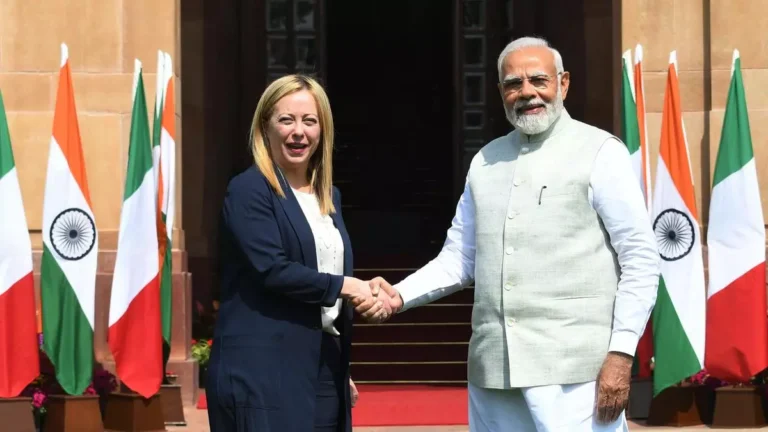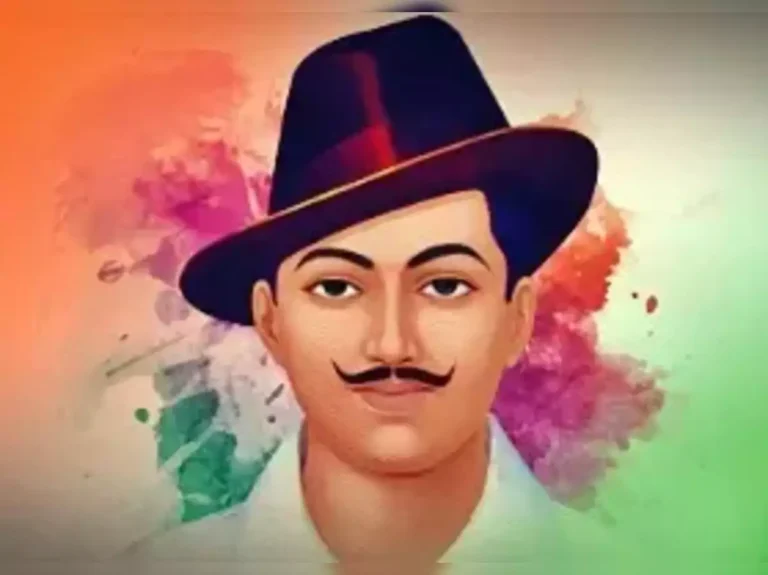
Shaheed Bhagat Singh, born on September 28, 1907, in Banga, Punjab, British India, is remembered as one of the most influential revolutionaries of the Indian independence movement. His life, marked by an unwavering commitment to freeing India from British colonial rule, has made him a national hero and a symbol of youthful courage and patriotism. Bhagat Singh’s radical approach and ultimate sacrifice inspired countless Indians to join the struggle for freedom.
Early Life and Influences
Bhagat Singh was born into a Sikh family with a strong history of political activism. His father, Kishan Singh, and uncles were members of the Ghadar Party, which sought to overthrow British rule through armed struggle. This revolutionary environment profoundly influenced young Bhagat Singh, who grew up hearing stories of resistance and sacrifice.
Singh’s education further shaped his political views. He was deeply influenced by the Jallianwala Bagh massacre of 1919, where British troops killed hundreds of unarmed Indian civilians. This brutal event left an indelible mark on him and steered him towards the path of revolution.
Entry into the Independence Movement
Bhagat Singh’s early involvement in the independence movement saw him join the Hindustan Republican Association (HRA), which later became the Hindustan Socialist Republican Association (HSRA). The HSRA aimed to achieve India’s independence through armed revolution, rejecting the non-violent approach advocated by leaders like Mahatma Gandhi.
Singh quickly rose to prominence within the HSRA due to his dedication and leadership skills. He was instrumental in organizing various acts of protest against British rule, including the Kakori train robbery in 1925, which aimed to fund the revolutionary activities of the HSRA.
Notable Acts of Defiance
Bhagat Singh’s most famous acts of defiance against the British authorities were the assassination of John Saunders and the bombing of the Central Legislative Assembly.
- Assassination of John Saunders:
- On December 17, 1928, Bhagat Singh, along with Shivaram Rajguru and Sukhdev Thapar, planned to assassinate James A. Scott, a British police officer responsible for the death of Lala Lajpat Rai. However, they mistakenly killed John Saunders, another British police officer, instead. This act was a direct retaliation for the brutality exhibited by the British forces and was intended to send a message of resistance.
- Bombing of the Central Legislative Assembly:
- On April 8, 1929, Bhagat Singh and Batukeshwar Dutt threw non-lethal bombs into the Central Legislative Assembly in Delhi while shouting slogans of “Inquilab Zindabad” (Long Live the Revolution). They were protesting against the repressive laws imposed by the British government. The bombs were not intended to cause harm but to make a loud statement. Both Singh and Dutt voluntarily surrendered, using their trial as a platform to promote their revolutionary ideals.
Imprisonment and Execution
Bhagat Singh’s trial for the Assembly bombing and the murder of Saunders drew significant public attention. During his time in prison, Singh went on a 116-day hunger strike to demand better conditions for Indian political prisoners. His hunger strike garnered widespread support and highlighted the plight of Indian revolutionaries.
Despite the public outcry, Singh was sentenced to death. On March 23, 1931, at the age of 23, Bhagat Singh, along with Rajguru and Sukhdev, was executed in the Lahore Central Jail. Their execution sparked widespread protests and further intensified the Indian independence movement.
Legacy
Bhagat Singh’s legacy is one of unwavering courage and commitment to the cause of India’s freedom. His revolutionary ideas and actions continue to inspire generations of Indians. He is celebrated as a martyr who chose to sacrifice his life for the nation rather than submit to colonial rule.
- Ideological Impact: Singh was deeply influenced by socialist ideas and believed in the necessity of both political and economic freedom. His writings and speeches reflect a sophisticated understanding of the social and economic issues facing India, advocating for a socialist society free from exploitation.
- Cultural Icon: Bhagat Singh’s life and martyrdom have been immortalized in numerous books, songs, films, and plays. His image, often depicted with a turban and a resolute expression, is a symbol of resistance and patriotism in India.
- Inspiration for Youth: Singh’s youthful exuberance and fearless defiance of colonial rule resonate particularly with young people. He embodies the spirit of rebellion against oppression and the pursuit of justice, making him a timeless icon of youthful idealism and bravery.
Conclusion
Shaheed Bhagat Singh remains a towering figure in India’s struggle for independence. His life, marked by radical activism and ultimate sacrifice, serves as a powerful reminder of the lengths to which individuals can go in the fight for justice and freedom. Bhagat Singh’s enduring legacy continues to inspire and motivate those committed to the ideals of liberty, equality, and social justice, ensuring that his spirit lives on in the hearts of millions.




